14/05/2024
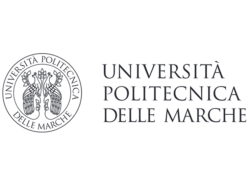
The fisheries and aquaculture sectors have been increasingly recognized for their essential contribution to global food production and security in the twenty-first century. Further expansion of this contribution requires the acceleration of transformative changes in policy, management, innovation and investment to achieve sustainable and equitable global fisheries and aquaculture.
In 2019 the world trout production was 939 878 tonnes (FAO) and has been increasing since 2015 (+21 % in volume between 2015 and 2019). The main farmed species is the rainbow trout (Oncorhynchus mykiss) which accounted for 97 % of the total volume in 2019. The EU is the second largest producer in the world (183 819 tonnes in 2019: 20 % of world production), just after the Islamic Republic of Iran (206 050 tonnes: 22 % of world production). As indicated in the report “Freshwater aquaculture in the EU” published by EUMOFA in 2021, rainbow trout is the main freshwater species farmed at EU level, both in terms of volume and value. The rainbow trout farming industry has been developing for several hundred years, and many aspects are highly efficient, using well-established systems.
However, current research and development is continually attempting to increase production efficiency and sales by increasing rearing densities, improving recirculation technology, developing genetically superior strains of fish for improved growth, controlling maturation and gender, improving diets, reducing phosphorous/nitrogen concentrations of effluents, and developing better marketing.
Researchers at Università Politecnica delle Marche (UNIVPM), Italy, led by Prof. Ike Olivotto and Prof. Adriano Mancini, in collaboration with Dr. M. Zarantoniello and Dr. Alessandro Galdelli are developing, in the context of the FOLOU project, a novel incubation system for trout embryos based on multi-spectral cameras to estimate the food loss in the production cycle of rainbow trout. This activity is focusing on a specific phase: the early embryo development (from fertilization to the achievement of the eyed egg stage). Currently, the step 3 (early embryo development) is characterized by the use of upwelling incubators subjected to visual check, manual removal of dead embryos when possible (white), and use of chemicals for disinfection of the whole egg batches. These activities are time-consuming and usually led to low accuracy in dead egg estimation and removal with a risk of an easy spread of bacteria and fungus throughout the whole egg batch (see the following figure)
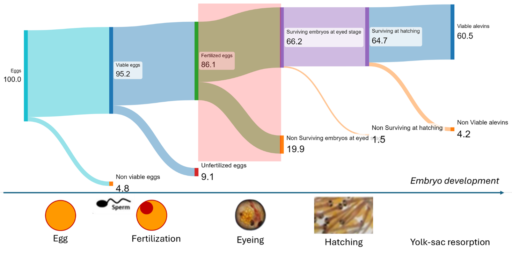
FOLOU researchers identified the following main challenge: Fast and automatic identification and removal of whitish dead eggs in early developing trout embryos is needed to reduce microbial spread and avoid early food losses deriving from the whole batch discard.
In this context the project aims of UNIVPM researchers are developing an automatic system based on multi-spectral cameras that will be used to precociously identify, remove, and count dead embryos. In a preliminary stage, the collected embryo images will be labelled by domain experts and then used to train a deep learning model.
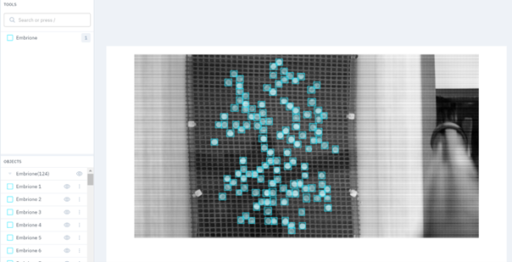

To have a real evaluation of the dead eggs during the incubation period, an optic system able to precociously recognize and move the dead whitish eggs is currently under development. Stay tuned to receive more information.
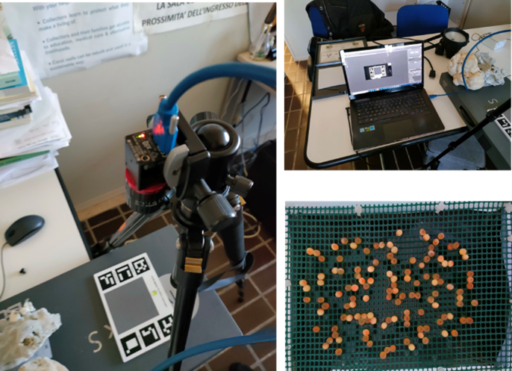
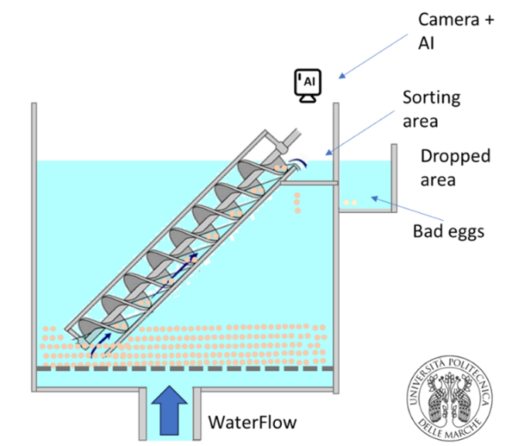
This device could improve up to 5% (but reaching 20% considering data from some publications) the number of eggs that pass the step 3 and achieve the eyed stage (less delicate), thus improving the productivity of the farm. This would lead to an increase, for example, in Italian rainbow trout production of 1723 tonnes (19%) and of 9190 tonnes at European level.